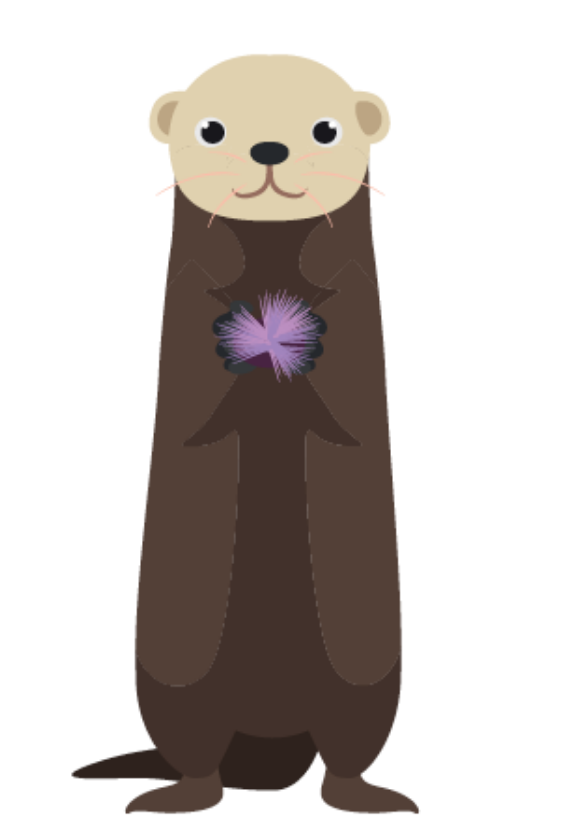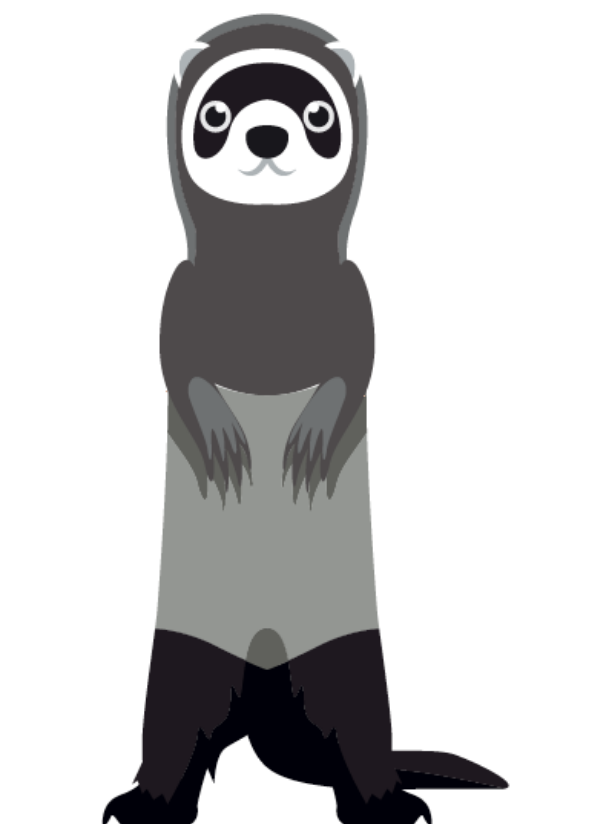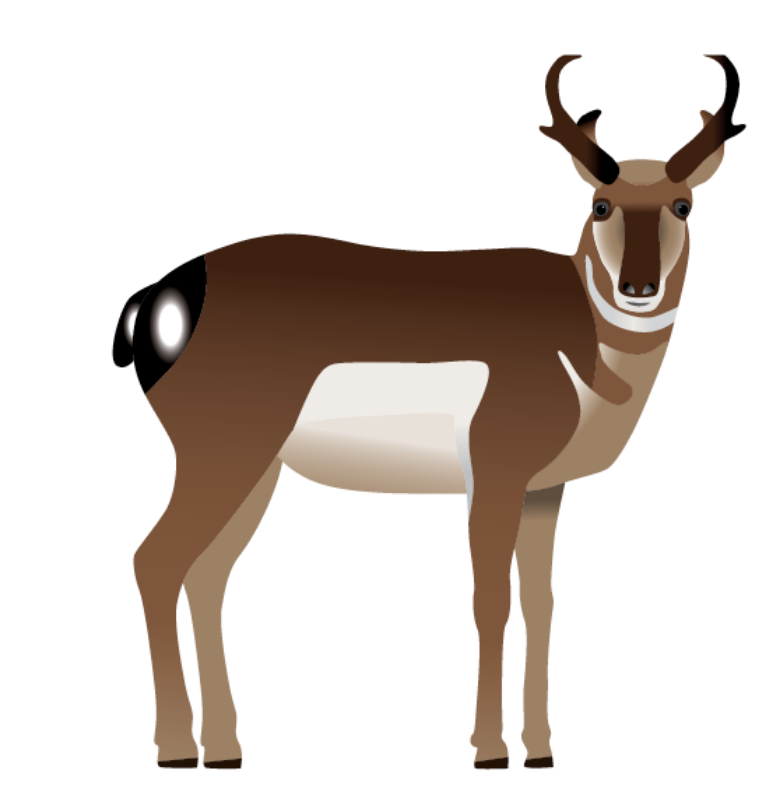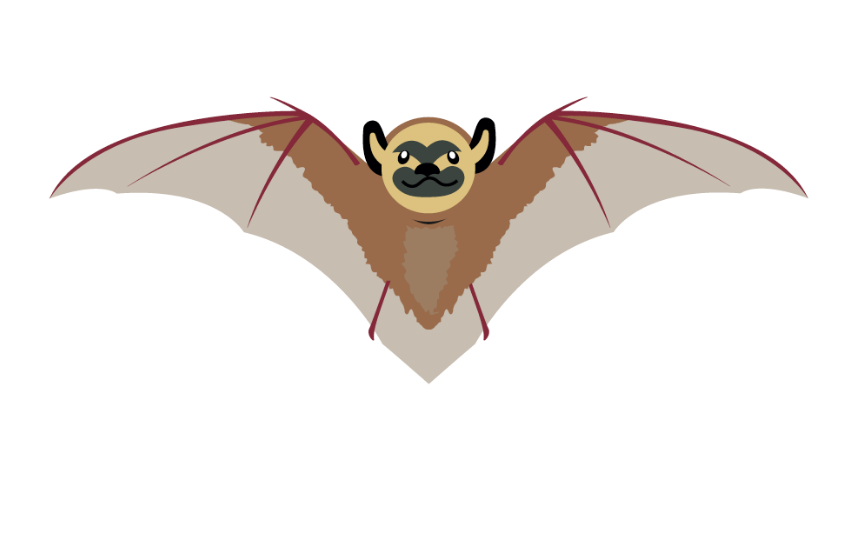Join Joovy's Email List
You’ll get crazy discounts, be the first to know about new product releases, and get fresh content parents love delivered right to your inbox
30 Day Returns, No Questions Asked
30 Day Returns, No Questions Asked







You’ll get crazy discounts, be the first to know about new product releases, and get fresh content parents love delivered right to your inbox